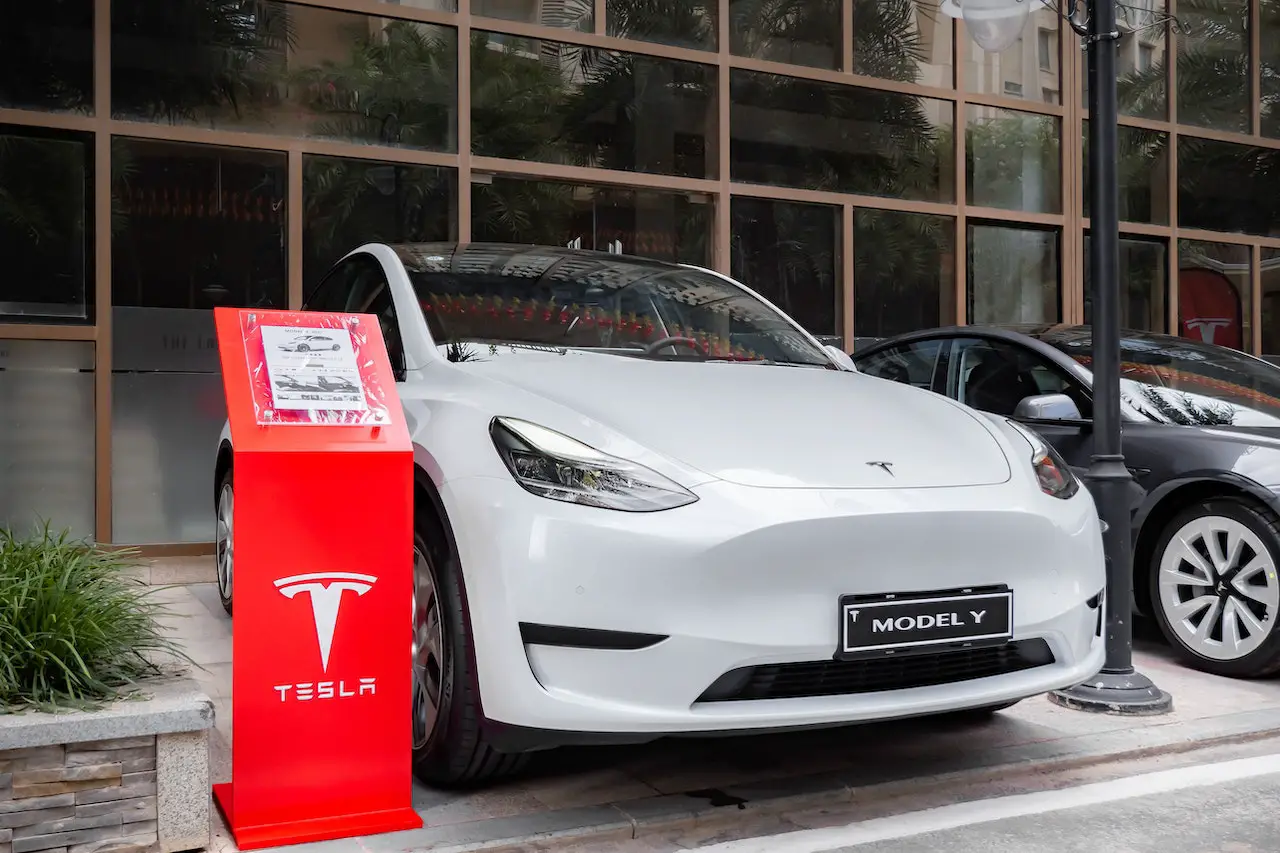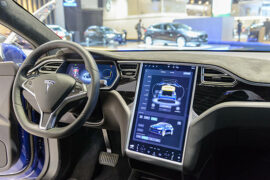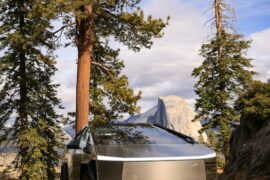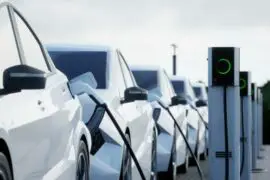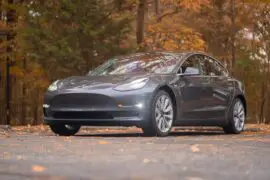In the realm of electric vehicles (EVs) and renewable energy storage, the choice of battery technology plays a pivotal role in shaping the industry’s trajectory. One of the most significant comparisons in this domain is between Tesla LFP battery vs Lithium-Ion batteries. These two technologies represent distinct approaches to energy storage, each with its advantages and considerations.
At the core of this comparison lies the chemistry and composition of the batteries. While traditional Lithium-Ion batteries harness materials like lithium-cobalt oxide or lithium-nickel-manganese-cobalt oxide, Tesla’s LFP batteries leverage Lithium Iron Phosphate (LiFePO4) as their cathode material. This fundamental difference sets the stage for a nuanced analysis encompassing safety, cycle life, durability, cost-effectiveness, and prospects.
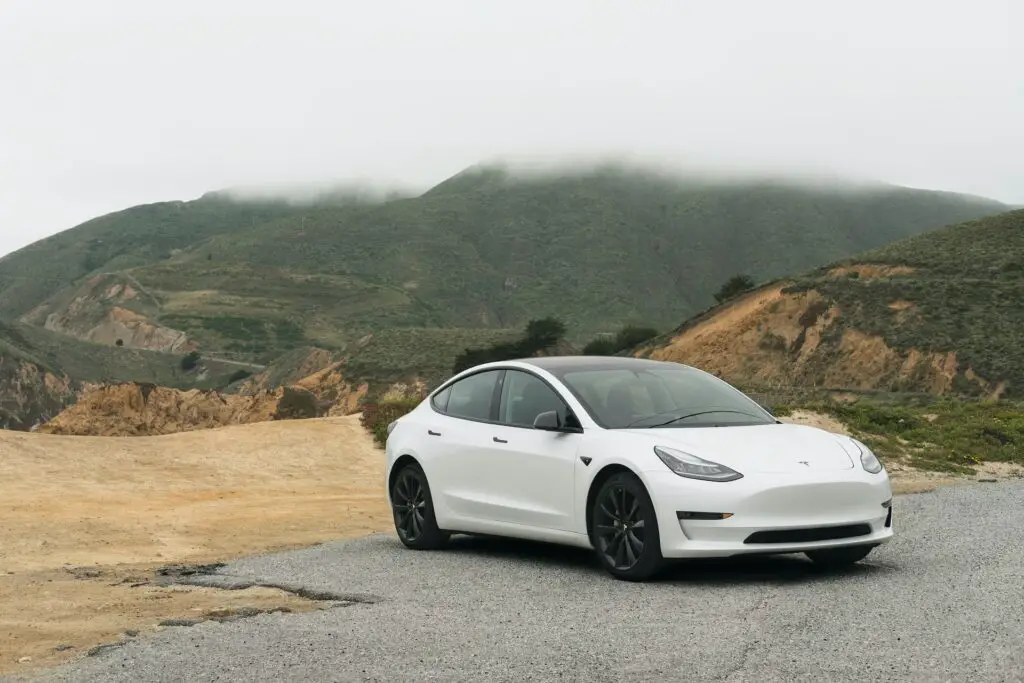
In this article, we delve into the intricacies of Tesla LFP battery vs Lithium-Ion batteries, dissecting their characteristics, applications, and implications for the EV and energy storage landscape. By examining these factors comprehensively, we aim to provide a holistic understanding of the strengths and considerations associated with each battery technology, ultimately shedding light on their role in driving sustainable energy solutions forward.
Contents
Chemistry and Composition
The fundamental disparities between Tesla’s LFP (Lithium Iron Phosphate) batteries and traditional Lithium-Ion batteries stem from their underlying chemistry and composition, which significantly influence their performance and characteristics.
Traditional Lithium-Ion Batteries:
Traditional Lithium-Ion batteries have been the cornerstone of portable electronics and electric vehicles for decades. These batteries typically employ cathode materials such as lithium-cobalt oxide (LiCoO2), lithium-nickel-manganese-cobalt oxide (LiNiMnCoO2), or lithium-manganese oxide (LiMn2O4). These cathode materials are chosen for their high energy density, making them suitable for applications requiring compact and lightweight energy storage solutions.
However, these chemistries come with inherent drawbacks. Lithium-cobalt oxide, for instance, is known for its lower thermal stability and safety concerns, particularly in high-temperature environments or during overcharging. Similarly, lithium-nickel-manganese-cobalt oxide offers higher energy density but may face challenges related to cost and resource availability.
Tesla’s LFP Batteries:
In contrast, Tesla’s LFP batteries utilize Lithium Iron Phosphate (LiFePO4) as the cathode material, marking a departure from the conventional Lithium-Ion chemistries. LiFePO4 offers several notable advantages that contribute to the overall performance and safety of Tesla’s batteries.
The composition of Tesla’s LFP batteries includes iron phosphate as the cathode material, which enhances the battery’s thermal and chemical stability. This increased stability reduces the risk of thermal runaway, a critical safety concern in battery technology. Additionally, LFP batteries exhibit a lower likelihood of overcharging-induced fires, making them inherently safer for use in high-demand applications such as electric vehicles.
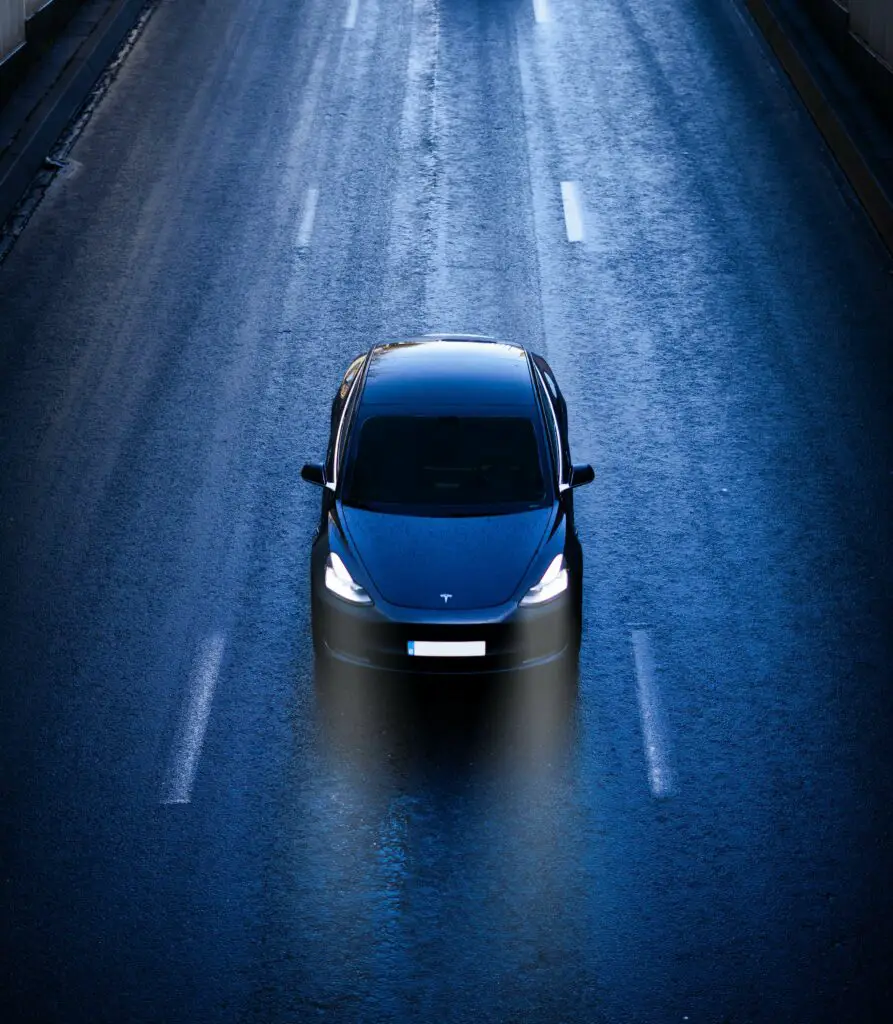
Safety and Stability
The safety and stability of battery technologies are paramount considerations, especially in high-demand applications like electric vehicles (EVs) and stationary energy storage systems. A comparative analysis of Tesla’s LFP (Lithium Iron Phosphate) batteries and traditional Lithium-Ion batteries reveals nuanced differences in addressing safety concerns.
Comparison of Safety Aspects:
One of the critical factors in evaluating battery safety is the risk of thermal runaway, a phenomenon where a battery undergoes uncontrolled heating leading to potential fires or explosions. Traditional Lithium-Ion batteries, particularly those using lithium-cobalt oxide, are more susceptible to thermal runaway under extreme conditions such as overcharging or physical damage. This heightened risk poses challenges in ensuring the safety of devices and vehicles powered by these batteries.
In contrast, LFP batteries, including Tesla’s LiFePO4 technology, exhibit enhanced safety characteristics. The inherent chemical stability of Lithium Iron Phosphate significantly reduces the risk of thermal runaway, even in adverse conditions. This superior thermal stability makes LFP batteries inherently safer, providing a crucial advantage in applications where safety is paramount.
Mitigation of Safety Risks:
LFP batteries mitigate safety risks through multiple mechanisms. The robust chemical structure of Lithium Iron Phosphate inherently resists overheating and thermal runaway, minimizing the likelihood of catastrophic failures. Additionally, LFP batteries have a lower risk of oxygen release during charging, reducing the potential for fire hazards compared to certain Lithium-Ion chemistries.
Moreover, Tesla’s stringent battery management systems (BMS) further enhance safety by monitoring and regulating various parameters such as temperature, voltage, and current. These sophisticated BMS technologies ensure optimal battery performance while preventing overcharging, over-discharging, and other safety risks, thereby enhancing the overall safety and stability of Tesla’s LFP battery-powered systems.
Cycle Life and Durability
The cycle life and durability of battery technologies are key factors influencing their long-term performance and cost-effectiveness. A comparative analysis between Tesla’s LFP (Lithium Iron Phosphate) batteries and traditional Lithium-Ion batteries unveils significant differences in these crucial aspects.
Exploration of Cycle Life:
LFP batteries are renowned for their exceptional cycle life, surpassing many Lithium-Ion chemistries in terms of longevity. While traditional Lithium-Ion batteries can typically withstand several hundred to a few thousand charge-discharge cycles before experiencing notable capacity degradation, LFP batteries excel in this regard. Tesla’s LFP batteries, utilizing Lithium Iron Phosphate chemistry, boast a cycle life that extends to thousands of charge-discharge cycles with minimal capacity loss.
Details on Charge-Discharge Cycles:
The number of charge-discharge cycles a battery can endure before significant capacity degradation is a critical metric in assessing its durability. Traditional Lithium-Ion batteries, depending on the specific chemistry used, may exhibit diminishing capacity after several hundred cycles, necessitating replacement or refurbishment to maintain optimal performance.
In contrast, Tesla’s LFP batteries exhibit remarkable resilience, retaining a substantial portion of their original capacity even after thousands of charge-discharge cycles. This extended cycle life translates to prolonged battery performance and reliability, reducing the frequency of replacements and associated costs for consumers.
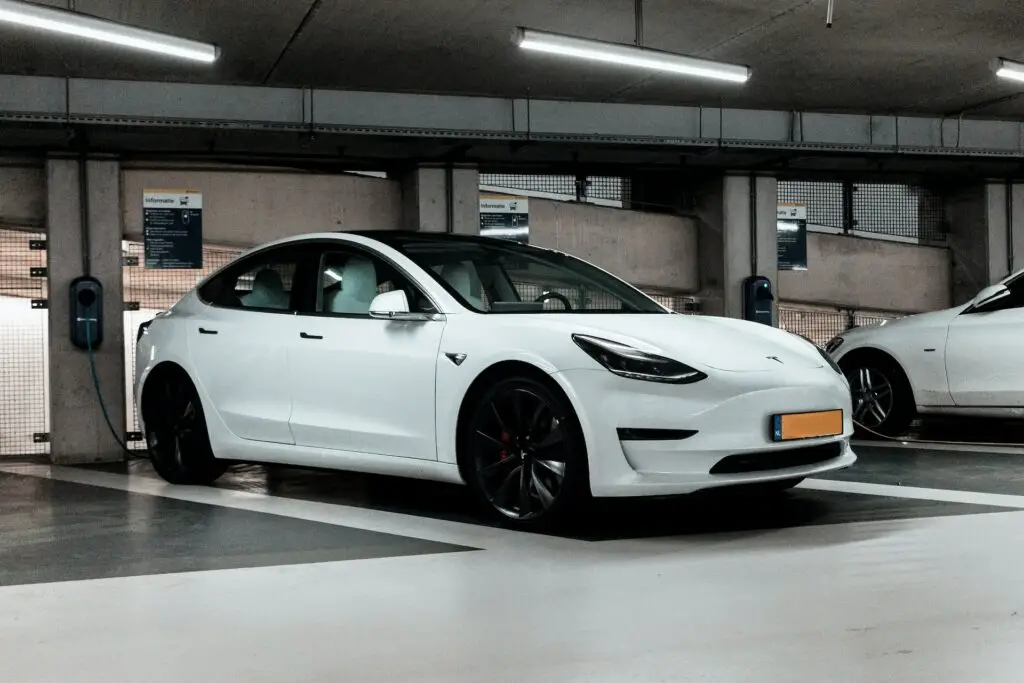
Implications for Consumers:
The longer cycle life and enhanced durability of Tesla’s LFP batteries have profound implications for consumers across various applications. In the context of electric vehicles (EVs), LFP batteries offer sustained performance and range over the vehicle’s lifespan, ensuring consistent driving experiences without significant capacity loss. This longevity contributes to lower ownership costs for EV owners, as they can enjoy extended battery life without frequent replacements or costly maintenance.
Tesla LFP battery vs lithium-ion
In conclusion, Tesla’s LFP batteries offer a compelling alternative to traditional Lithium-Ion batteries. Their enhanced safety, long cycle life, and cost-effectiveness make them well-suited for various applications, particularly in electric vehicles and renewable energy storage. Tesla’s strategic deployment of LFP technology reflects its commitment to innovation, sustainability, and meeting diverse consumer needs. As the industry continues to evolve, the advantages of LFP batteries are poised to drive significant advancements in energy storage solutions, contributing to a more sustainable and efficient energy landscape.
Tesla Charging Issues in Cold Weather 2024

